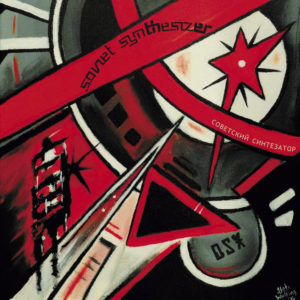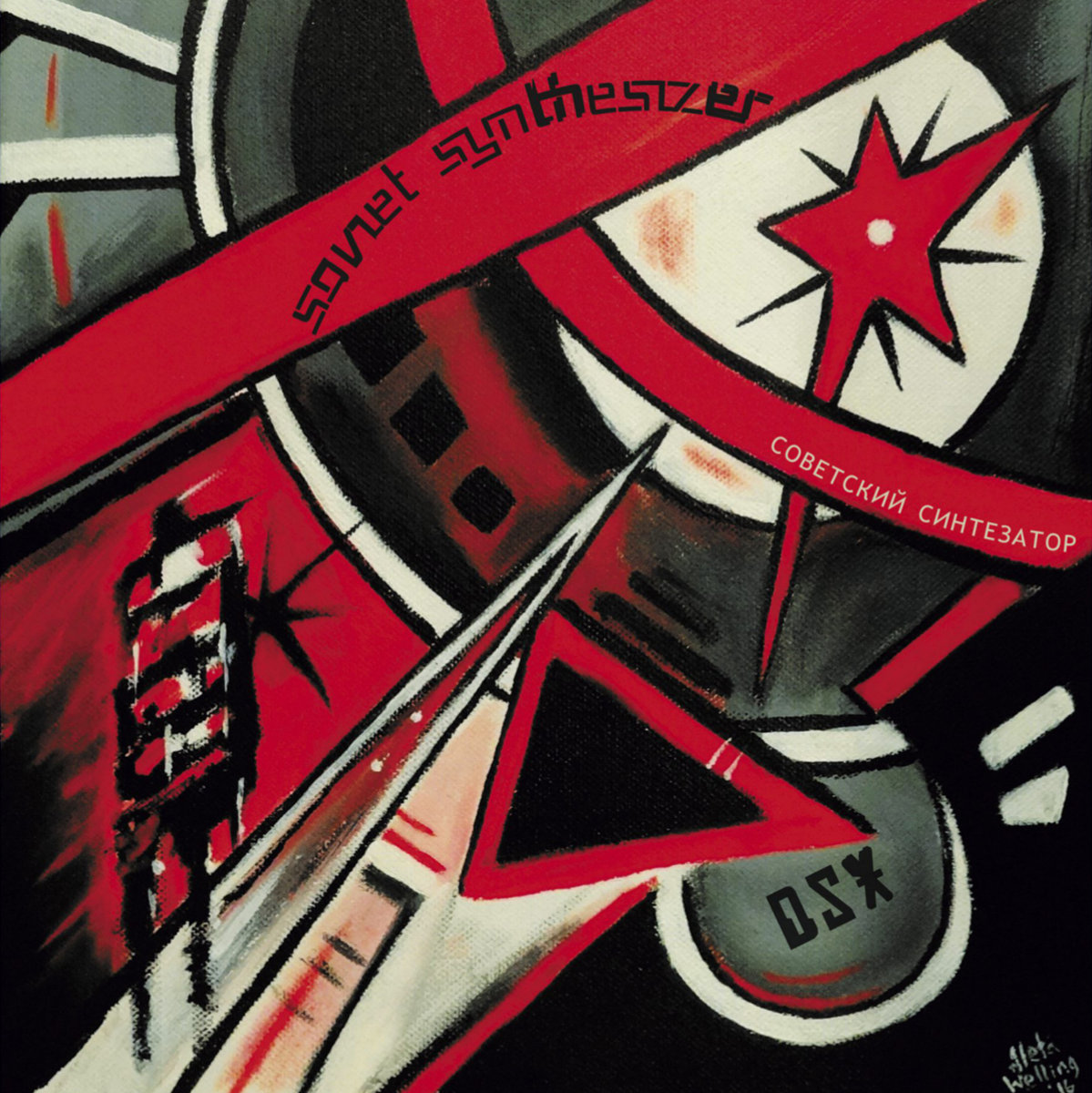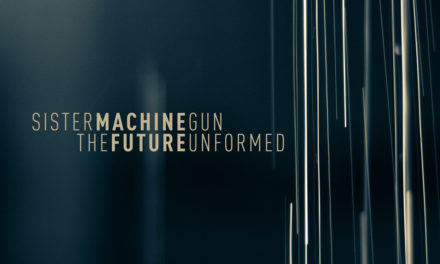
DSX
Soviet Synthesizer
Basic Unit Productions
Dejan Samardzic was well ahead of the curve on the techno-ebm-industrial crossover sound when he initiated DSX as a solo project in 2012. At that point he already had two decades under his belt as part of forward thinking industrial innovators Haujobb, so hearing the exacting, minimal analogue sound he took up for his solo efforts was revelatory and shaped popular understanding of that former project’s efforts past and present. Some six years on new mini-album Soviet Synthesizer continues the exploration of rigid, beat-driven body music that makes the most it can of a deliberately sparse toolset.
A track like “Strategic Defense Initiative” tells you a lot about what you need to know about DSX; a thick, punchy analogue bassline and meaty kick propel the song, as gated snares and metallic claps and cymbals go off with a military precision commensurate with the cold war era dialogue sample that plays out behind it all. The track’s zing comes from Samardzic adherence to fundamentals, reducing body music to its most basic form and using modulation and deceptively complex delays and reverb plates to build out the track’s structure. Sparseness as aesthetic runs the risk of turning out dry and inert, but listen to how expertly the title track deploys percussion simultaneously as accent and framework, building the song into a tiny automated symphony of clicks, clanks and noise.
That these tersely arranged elements can point to a sense of uncanny unease just as handily as they can the dancefloor is something Samardzic has a preternatural understanding of. As with his debut Anonymous Soviet Synthesizer thrives in a liminal zone between accessibility and a sense of sickly undertow. That tension is underscored by the vocals which have been brought to bear on it. Berlin house artist Jennifer Touch lends icy and arch whispers and high-register punches to “Separation”. The impassive and echoing vocals of Aleta Welling match the thudding kicks of “Pinpoint”, and the pinched off acid flurries of “Kill As We Are” are well suited to some yowling from The Horrorist (with the track and its vocalist pointing to the lengthy genre-crossing history preceding DSX’s topical sound).
Soviet Synthesizer‘s structure matches the restless nature of its sound. It crosses streams in ways that are simultaneously agitating and instinctive, and it ends just as the breadth of DSX’s sound has been established, not hanging around to exploit the territory its plotted nor wear out its welcome. The mileage Samardzic gets from his clockwork beats and industrial groans is proof positive of skill acquired through decades of studio work and brought to bear just in time for the rest of the electronic world to catch up.





